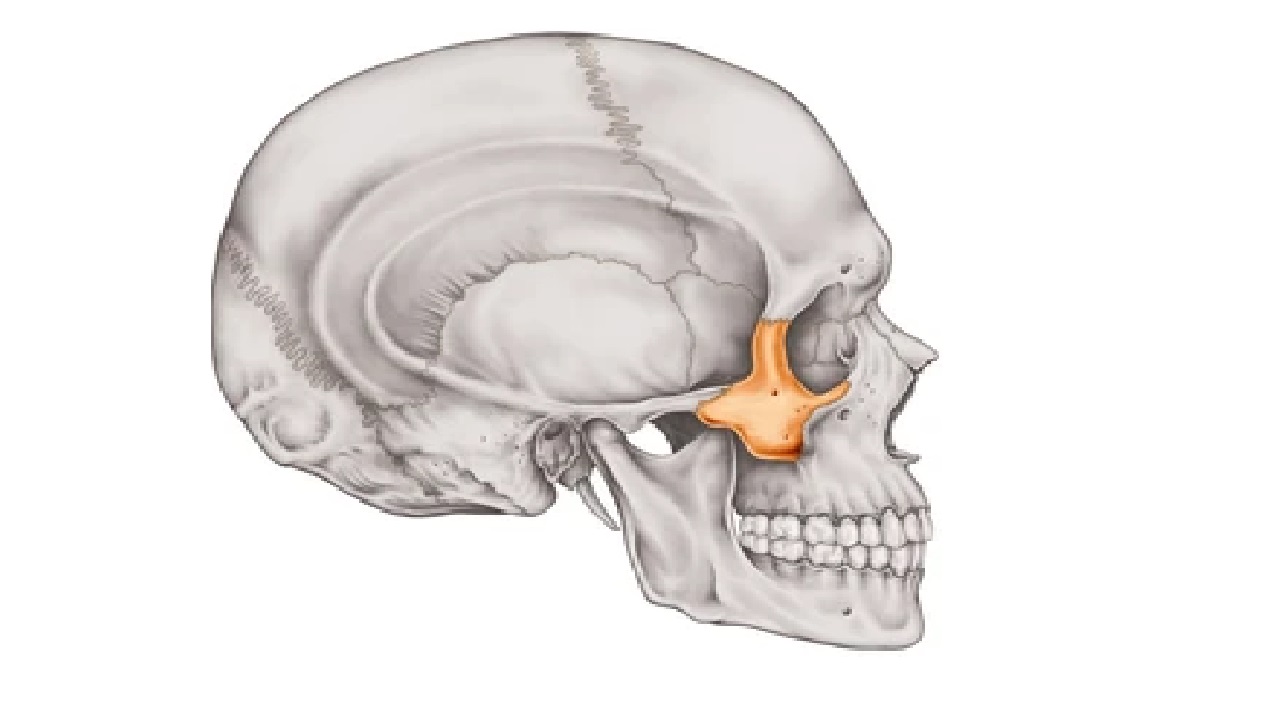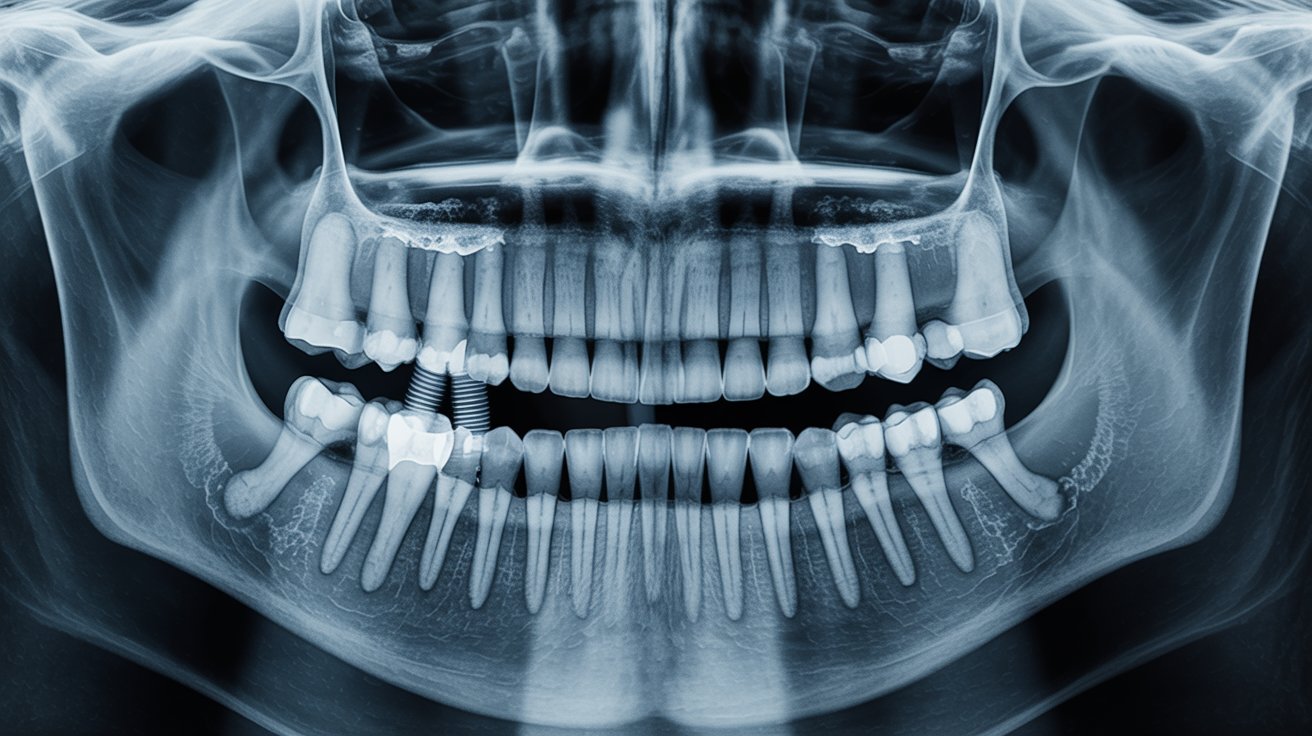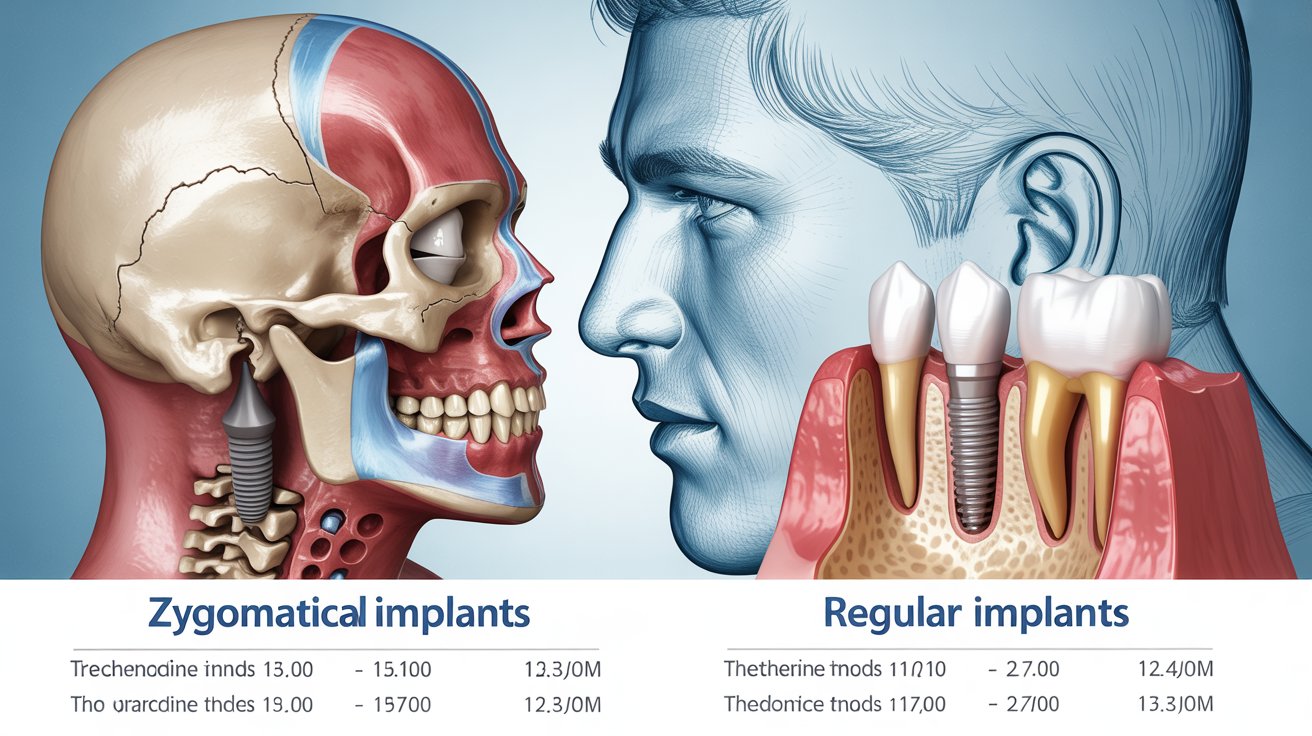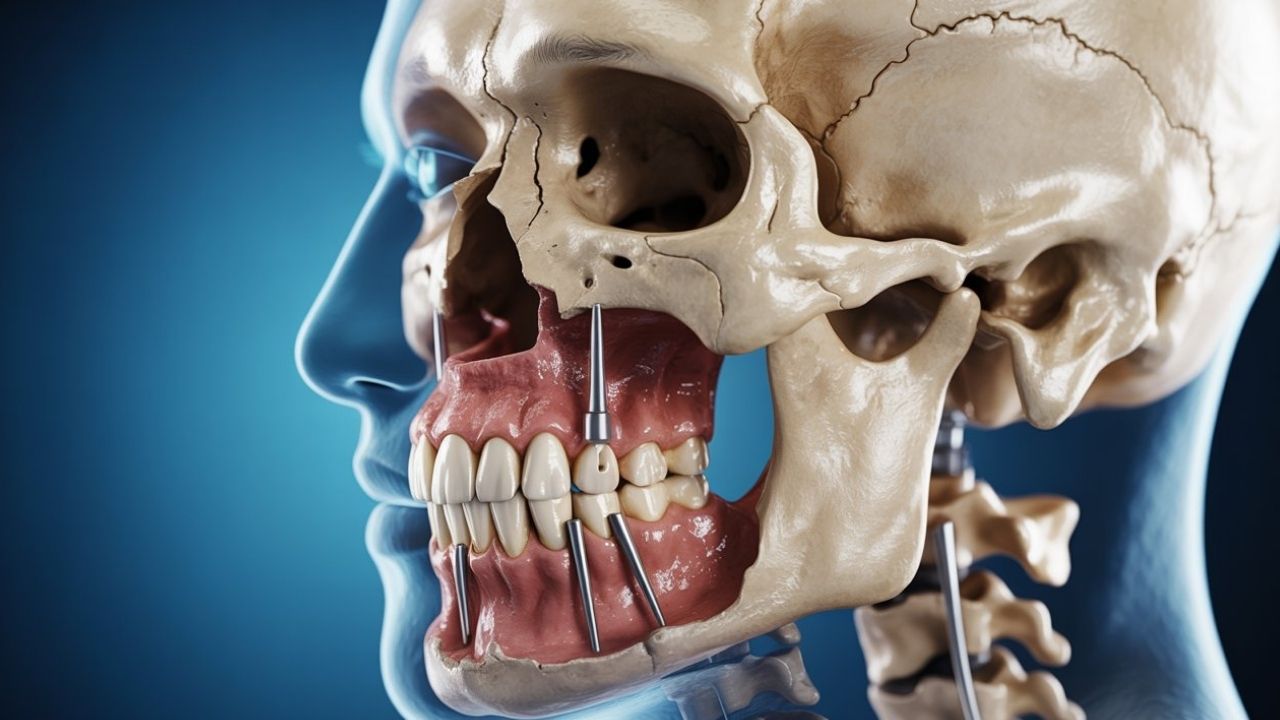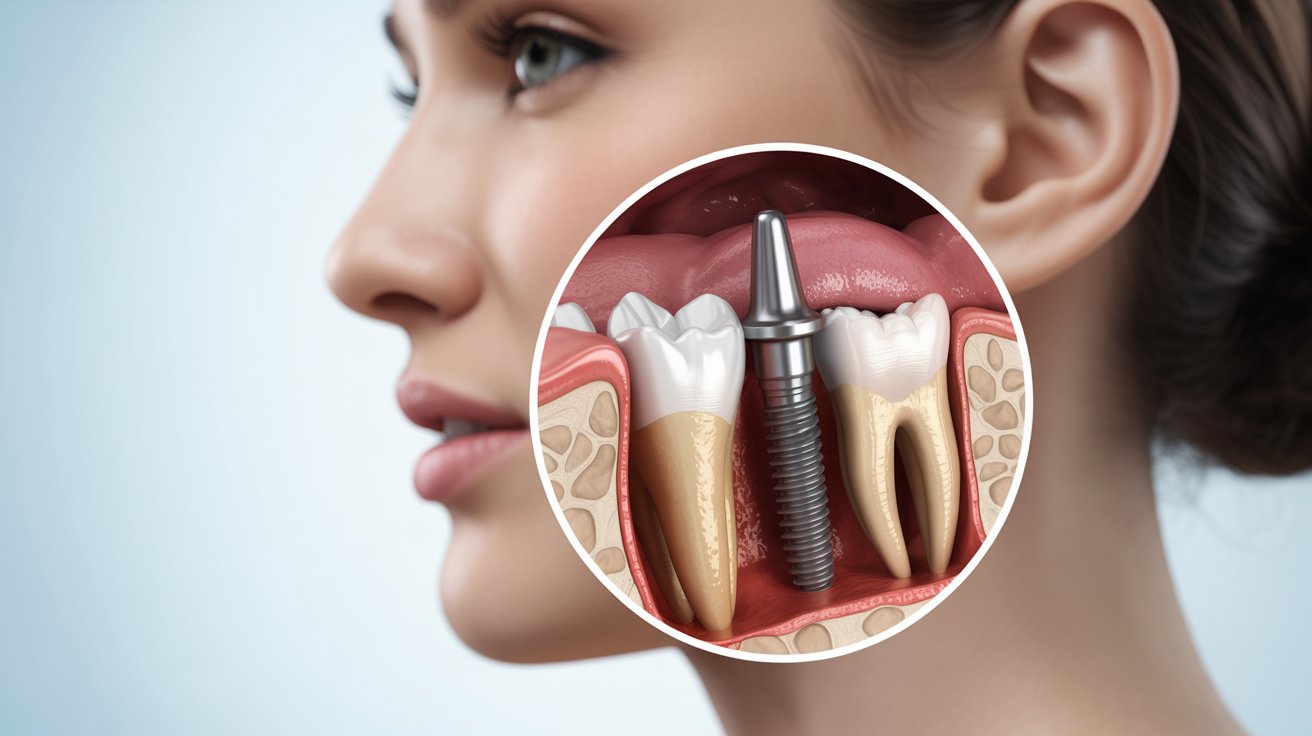The zygomatic bone is a bone located in the skull. This bone is also connected to the cheek part. This part is called the zygomatic location. All these facial parts play an essential role in the formation of the face. In addition, the orbit, temporal bone and maxilla located in this zygomatic location are also effective. This part also provides the development of facial expressions.
In this guide, you can find important details about the zygomatic bone. You can also continue reading our article to learn about the zygoma location.
What is Zygomatic Bone?
The zygomatic bone is also known as os zygomaticum in Latin and cheekbone in English. This bone, which has a strong structure, develops in the membrane. The zygomatic bone can be defined as a structure that is formed in the womb and ossified at birth.
Zygomatic bone also plays an active role in individuals having an aesthetic face. Today, cheekbone aesthetics are pretty common. However, this region has other benefits in human physiology.
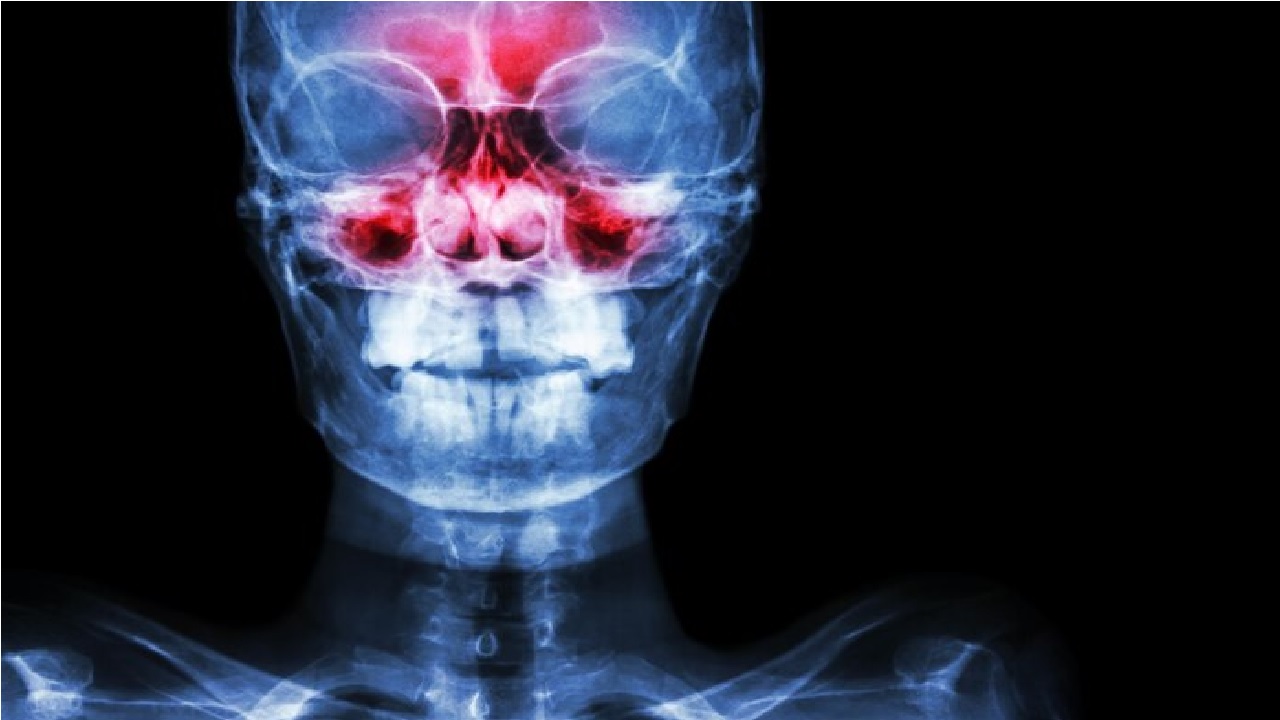
What is the Zygomatic Bone Function?
The zygomatic bone is very important to an aesthetic and proportionate face. In fact, aesthetic surgery frequently prefers methods applied to this area. Many people apply for aesthetic intervention yearly to achieve a prominent cheekbone.
The importance of this area is also evaluated within the scope of zygoma location. In fact, the integrity formed by the combination of more than one section is essential for the comfortable use of facial expressions.
What is the Zygomatic Bone Anatomy?
It may also be necessary to look at the zygomatic bone‘s anatomical structure briefly. This part is located between the cheek and skull area. In this way, integrity is created on the face. This is also important in facial aesthetics. However, in addition to this, the cheekbone also ensures that the skull has a stable position.
Where is the Zygoma Location?
To learn about the zygomatic bone location, you need to know about this entire region. This region is actually called the “zygomatic location.” In addition to the cheekbone, this region has four different sections
| Zygomatic Bone Parts | Details |
| Main Section (Body Part) | It is the main part to which all other parts are connected. |
| Frontal Bone | It is the bone connected to the forehead area. It is located in the upper part. |
| Temporal Bone | It is located at the back of the zygoma location. |
| Maxilla | It is located at the bottom and is connected to the upper jaw bone. |
Each of the regions in the table above constitutes the zygoma location anatomy. All these parts also shape the zygomatic bone.
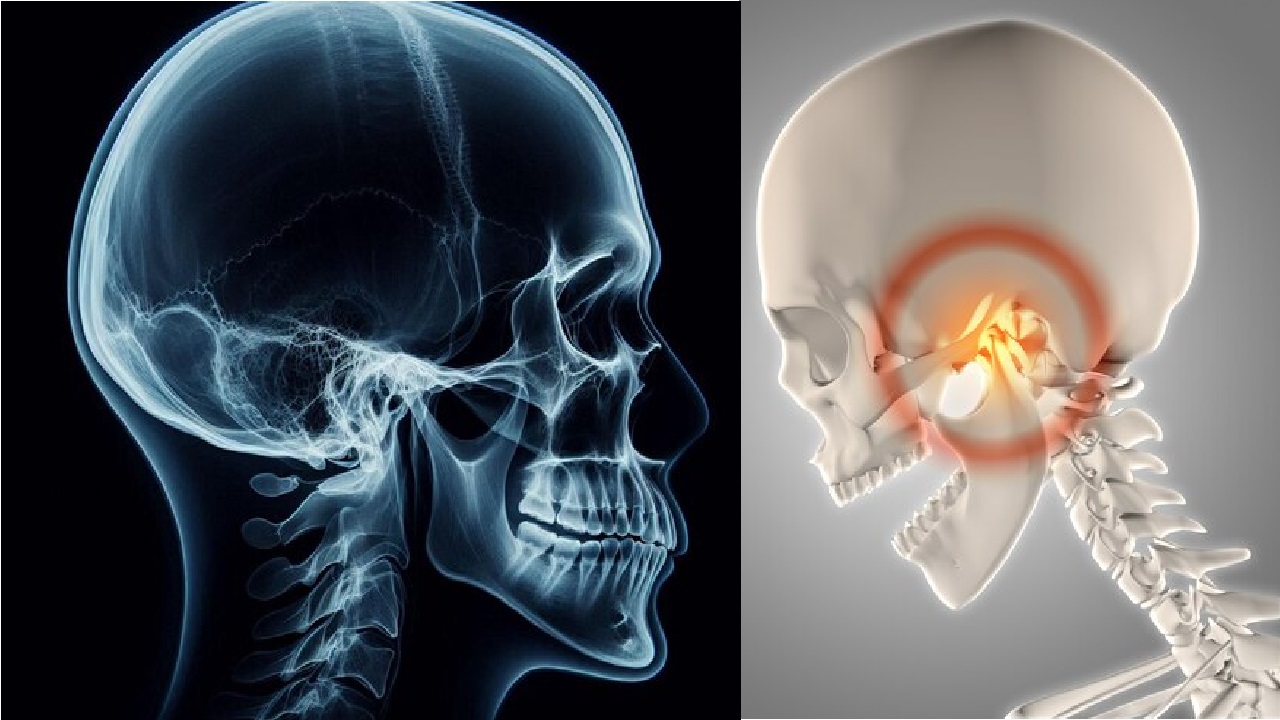 What Medical Interventions Are Performed for Zygoma Location?
What Medical Interventions Are Performed for Zygoma Location?
When it comes to zygoma location, the first thing that comes to mind is cosmetic surgery. As mentioned before, cheekbones add significant proportion and aesthetics to individuals’ faces. Therefore, people whose cheekbones are not prominent enough can resort to surgical interventions.
On the other hand, this part is also essential for innovative medical procedures such as zygomatic implants. Let’s take a closer look at this procedure related to the zygoma bone.
What is the Zygomatic Implant?
The zygomatic implant is applied to patients who are unsuitable for upper jaw bone implant treatment. In classical dental implants, screws are placed in the patient’s jaw bones. Dental implants are placed in these screws after a certain period.
However, this method may not be suitable for every patient. In this case, implant treatment must be done using zygomatic bone. Another method is to apply a graft to the jaw bone. However, this technique is neither a long-term nor a definitive solution. Therefore, the zygomatic implant is recommended for a more definitive success.
How is a Zygomatic Implant Performed?
There are five stages to implant treatment applied to the zygomatic bone. If you want, we can take a closer look at implant treatment:
- Consultation: At this stage, the patient needs to be examined in advance. Before the implant, the patient’s mouth and bone structure should be considered. In other words, the implant application must be anatomically compatible with the zygomatic bone. Therefore, necessary procedures such as X-rays and tomography are applied at this stage.
- Surgery: It may be necessary to apply general anesthesia to the patient for implant placement. At this stage, screw placement is done into the bone.
- Recovery Period: At this stage, the patient’s post-operative recovery process kicks in. This stage usually lasts around 10 days. However, in some cases, it may be necessary for the patient to wait a few days.
- Placement of Prosthetics: After the implants attached to the zygomatic bone have healed, the patient is fitted with prosthetic teeth. These permanent prosthetics will remain in the mouth until the patient experiences any problems.
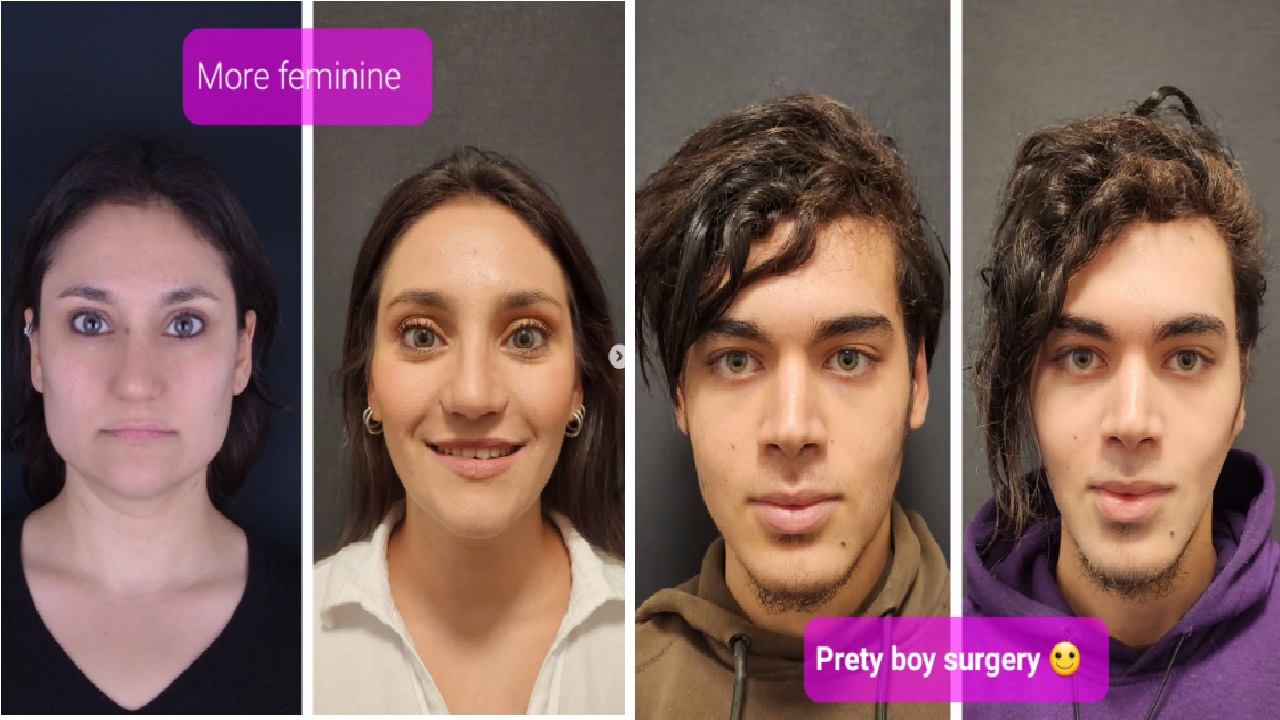
Frequently Asked Questions
In this section of our guide, you can find answers to frequently asked questions about the zygomatic bone.
Why is My Zygomatic Bone Hurting?
Zygomatic bone pain is not a very common condition. However, it is normal to experience pain during the healing phase after some implant treatments. In such a case, your specialist physician may prescribe painkillers. If there is no such thing as a zygomatic implant and there is no obvious reason for the bone pain, you should contact your doctor immediately.
How Long Does It Take for a Zygomatic Bone to Heal?
The average healing time of the bones after a zygomatic implant varies between 7-10 days. However, this may vary depending on the patient’s anatomical structure. In some patients, the healing period can take up to a few weeks.
Are High Cheekbones Attractive?
Having prominent cheekbones may be attractive to some people. In fact, these frequent aesthetic interventions are frequently performed today. Still, what is important is how well individuals feel. Adults with aesthetic concerns are also free to have the necessary interventions in a reliable clinical environment.
